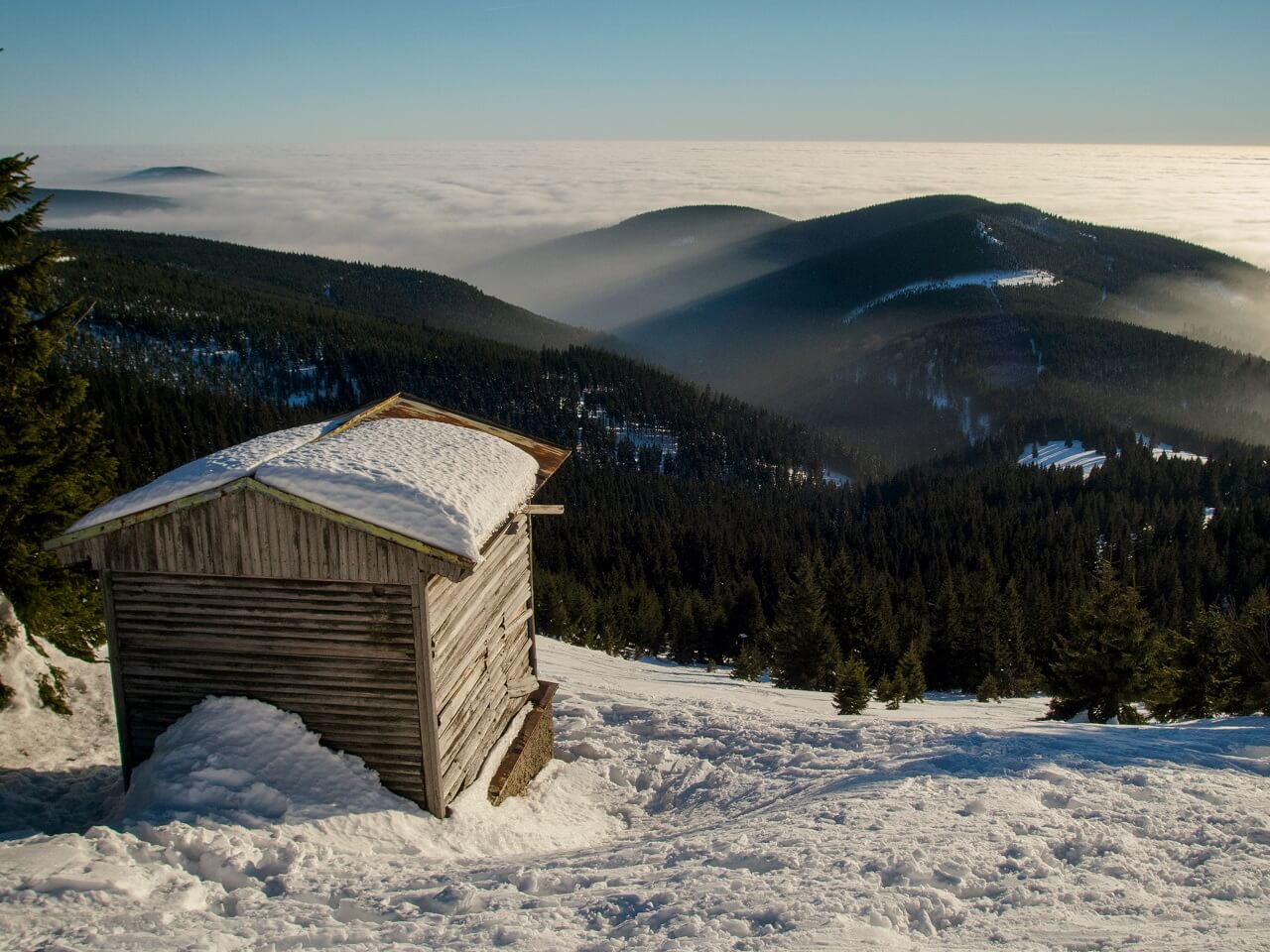It snowed this month. Not the heaviest snow I have ever seen, but still snow, with wind that bent the trees. A sort of snow squall. And here in a suburb of New York City, on the ninth of May — May, the “pretty little month,” when the dogwoods bloom with their blood- stained white flowers. May, the month of Mary.
Watching this theater of nature unfold, I went out into it and smiled a smile of happiness, for amid the weeks — nay, rather months of shutdown and of social distancing that so many find necessary and yet against every Catholic instinct that delights in embracing and kissing and holding and clasping and eating and drinking, that instinct that takes ultimately seriously the fact that God became flesh and dwelt among us…that in this singular and yet natural event that is called a pandemic, a sign is given, that the reality of what we are going through is indeed cold and “out of season,” and we are asked to do things we would not choose to do that are against our Catholic — not early twenty-first-century social instincts, but Catholic instincts that are grounded in the remarkable and totally not expected event of God becoming flesh, our flesh, and dying on a Cross to redeem us so we might not die forever, but have everlasting life.
Reveling in a snow squall is hardly what was in the mind of Gerard Manley Hopkins, poet and priest, when he wrote his poem: “May is Mary’s month.” His poem links Mary’s motherhood with the burgeoning flowering of spring. And rightly so. Then Hopkins says this:
| Well but there was more than this: | |
| Spring’s universal bliss | |
| Much, had much to say | 35 |
| To offering Mary May. | |
| When drop-of-blood-and-foam-dapple | |
| Bloom lights the orchard-apple | |
| And thicket and thorp are merry | |
| With silver-surfèd cherry | 40 |
| And azuring-over greybell makes | |
| Wood banks and brakes wash wet like lakes | |
| And magic cuckoocall | |
| Caps, clears, and clinches all— | |
| This ecstasy all through mothering earth | 45 |
| Tells Mary her mirth till Christ’s birth | |
| To remember and exultation
In God who was her salvation. |
“In God who was her salvation.” That is the point. Hopkins is not a romantic who could have written the lyrics to “It’s May, it’s May, the lusty month of May,” the song from the musical Camelot. Because the beauty of May as Mary’s month is linked to the death and resurrection of Christ her Son, therefore to the ultimate source of joy that is the conquering of death by the Cross and Resurrection of Christ, so that death is now no longer the necessary and ultimate conclusion of sin. But it is precisely into the romantic and sentimental picture of the month of May — not to be despised, but relativized — that the snow squall of the Resurrection, totally unexpected and out of place, comes roaring forth. Our hope is there in this time of pandemic and crisis, figuring out what is real and what is true and what we should do.
Away with the nonsense of conspiracy theories and of the dangerous nonsense of that peculiar American understanding of freedom that exalts the individual over the community, which is anti-Catholic. For the Catholic, the “I” always must be understood in terms of and subject to the “we.” Radical individualism can never be consonant with Catholicism. One cannot use the failure of the Catholic hierarchy to engage in a meaningful way with the crisis brought about by the pandemic — a failure that is painfully real and exposes the radical inability of the hierarchy to respond to the present crisis — by supporting an individualistic ethos contrary to the teaching of Jesus Christ and His Church. I am saved because we are saved, and the joy of our being together within this totally gratuitous act of God is the joy of being a Catholic, the joy of the Church whose Blessed Mother reigns with her Son forever in Heaven.


